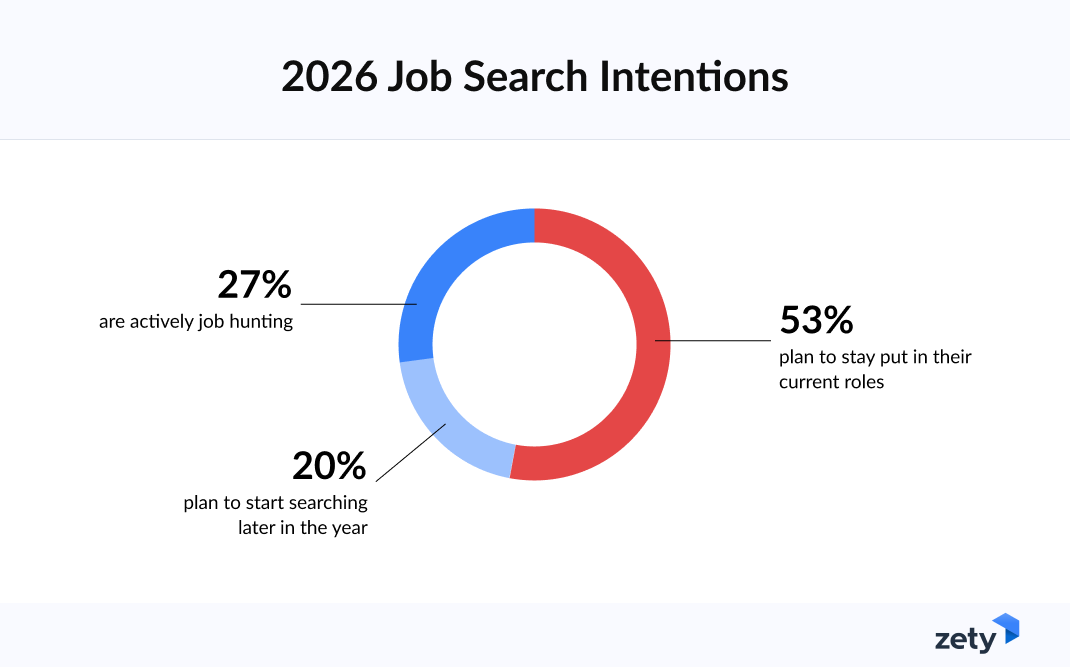With the busy season upon us, it’s easy to get swept up in work and forget to remain present. While I’ve always been a big proponent of tackling stress with mindfulness, it’s easy to lose sight of the moment when to-do lists seem to keep growing, and as future unknowns and past anxieties creep into our thoughts.
Findings like the ones published in JAMA Internal Medicine show that being more mindful can help ease stress, and others suggest that mindfulness could be “associated with changes in gray matter concentration in brain regions involved in learning and memory processes, emotion regulation, self-referential processing and perspective taking.” Since practicing mindfulness could have the potential to literally transform our brains, using it as a way to stay present, even during the most stressful times, is good practice if the negative effects of stress could impact you finishing what you need to accomplish.
To stay present during stressful times, whether it be professionally or personally, I recommend reframing the way you approach these situations and instead put the situation into a larger context.
Can you imagine a soldier, an airplane pilot, or a firefighter worrying about a future task as they perform the most crucial aspects of their job? Part of how people in these professions deal with the difficulty of their work is by applying focus and remaining present in the moment and by transforming stress into action. Rather than worrying about the past or the future, and creating scenarios that may never happen, to be as clear-headed as possible, it’s important to bring your concentration back to the present moment.
Perhaps a more relatable example is that slightly overwhelmed feeling you get when you look at a jigsaw puzzle or even the crossword in the Sunday paper. Do you look at the pile of pieces or the blank boxes and begin to panic, or do you begin working on one section, little by little, until you either get stumped and move to the next section or solve it?
One piece at a time
When you apply this idea to stress, think about all that you have to accomplish in the coming days or weeks as an unfinished puzzle. Choose a section to begin working on — whichever comes first, easiest, or most naturally — and apply focus there.
You may have heard of “flow,” or the focused creative state that we experience when absorbed in a task or activity when we are not distracted. While in a flow, we experience the world more deeply, yet time passes quickly as you apply your focus to the present moment and the task at hand.
When you’re working through particularly stressful times, why focus on the empty parts of the puzzle (i.e. everything else you need to accomplish) or fret about the parts you’ve already completed (all of your finished work)? Even when there is a lot going on, the importance to stay present much outweighs your ability to finish every single item on your list. You don’t have to become so wrapped up and concerned with the bigger picture that you fail to stay laser-focused on the present.
Being present means focusing intently on what’s in front of you — that tiny section of the puzzle, whether it be a short conversation with a colleague, finishing the first half of an upcoming presentation, or even something as simple as preparing a healthy breakfast.
Presence in practice
Ready to try it out for yourself? Here are a few tricks I use to ensure I can stay present when the pressure is on. Work might be getting crazy this time of year, but that doesn’t mean your mental and physical wellbeing need to suffer.
- Focus on one thing at a time – Our brains are not wired to multi-task. Pick a section of your puzzle and get to work.
- When you notice you get distracted, and in your thinking mind, sometime called “monkey mind, practice taking your attention to your breath. Notice your inhales and exhales. Even if it is just for 5 seconds, you will feel a difference in your central nervous system.
- Cut out unnecessary distractions – It’s the digital age, but you don’t have to be connected at all times. Whenever possible, find a quiet space. Turn on ‘do not disturb” on your phone and computer when you don’t want to be distracted by notifications and alerts.
- Work in increments. Your brain can stay focused on activity for 52 minutes. So build in breaks, typically at least 17 minutes, so you can refresh and energize and be able to come back to your work and focus. You may get more done in less hours when you give your brain a break!
- Find time for fun in your day and collaboration with your co-workers, rather than being isolated. Take a walk for your meetings rather than stay in the office, or go out for a coffee. Take a break and listen to music, read a book, or close your eyes and turn on a guided meditation at your desk.
Thanks for reading CPA Practice Advisor!
Subscribe Already registered? Log In
Need more information? Read the FAQs





